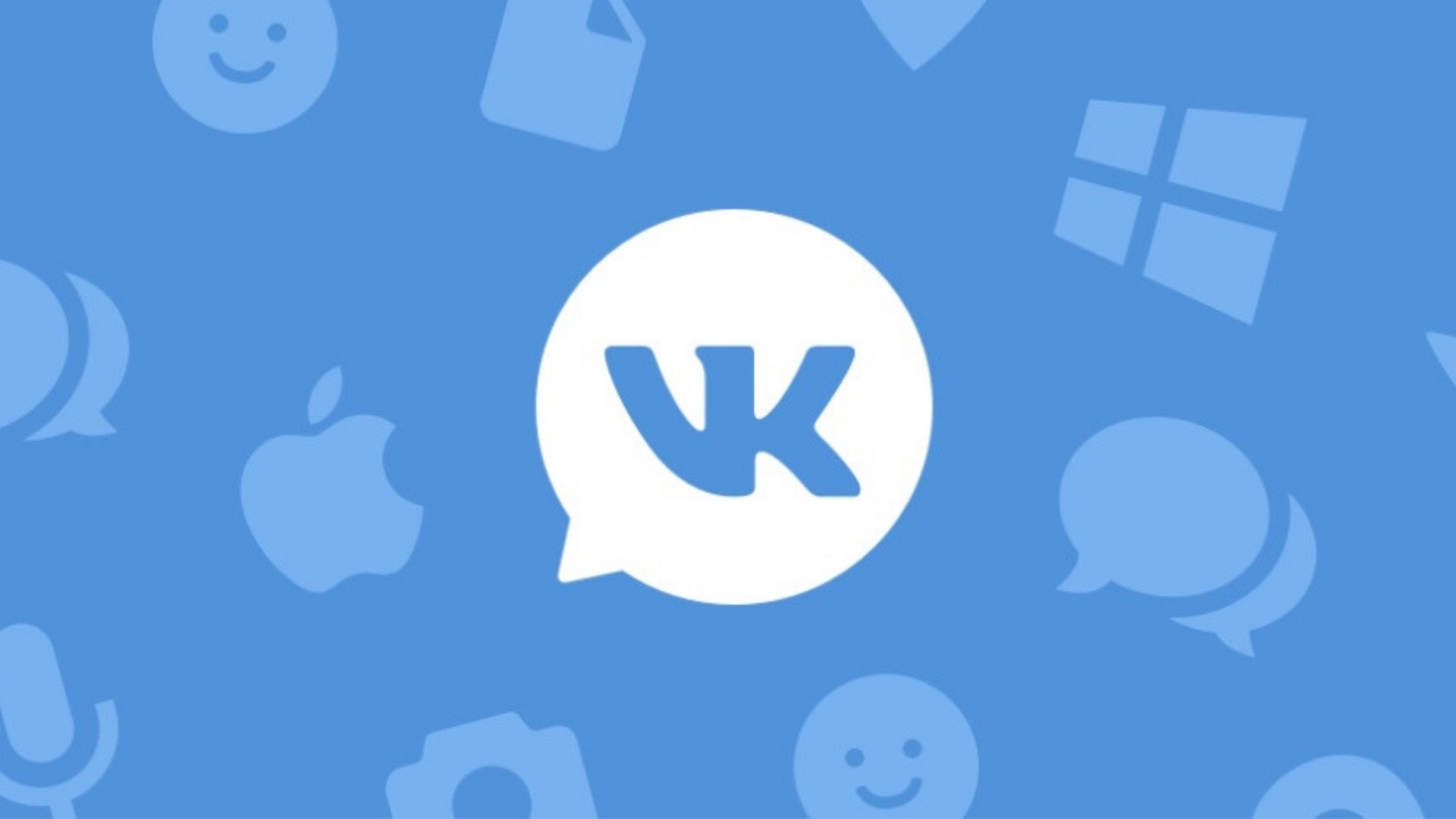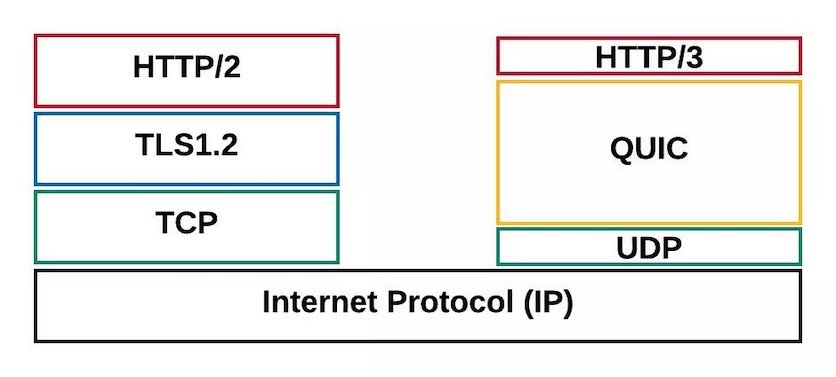
The popular social network VK switched to the QUIC data transfer protocol. The update should double the speed of work in mobile applications and in the browser.

It is reported that the improvements are currently visible only for a third of users of the stationary version, since the technology for the PC is available only in the Chrome browser and is being tested. The functioning of the protocol was tested in foreign territories, in particular, in Germany and Brazil. There, the technology has made it possible to increase the speed of displaying media content by 10%.
In addition, the programmers stated that the transmission speed in networks with low-quality connections increased by 4 times. QUIC technology was created by Google for use in browsers based on the Chromium engine. The main feature of the technology is a reduced latency during transmission of data, as well as support for encryption to ensure security.

VK also complained that at the moment there is still no universal solution offering the use of the protocol simultaneously for the client and server parts. Therefore, the programmers decided to put the developments in open access.

It is reported that the improvements are currently visible only for a third of users of the stationary version, since the technology for the PC is available only in the Chrome browser and is being tested. The functioning of the protocol was tested in foreign territories, in particular, in Germany and Brazil. There, the technology has made it possible to increase the speed of displaying media content by 10%.
In addition, the programmers stated that the transmission speed in networks with low-quality connections increased by 4 times. QUIC technology was created by Google for use in browsers based on the Chromium engine. The main feature of the technology is a reduced latency during transmission of data, as well as support for encryption to ensure security.

VK also complained that at the moment there is still no universal solution offering the use of the protocol simultaneously for the client and server parts. Therefore, the programmers decided to put the developments in open access.
Login or register to post comments
Comments 0